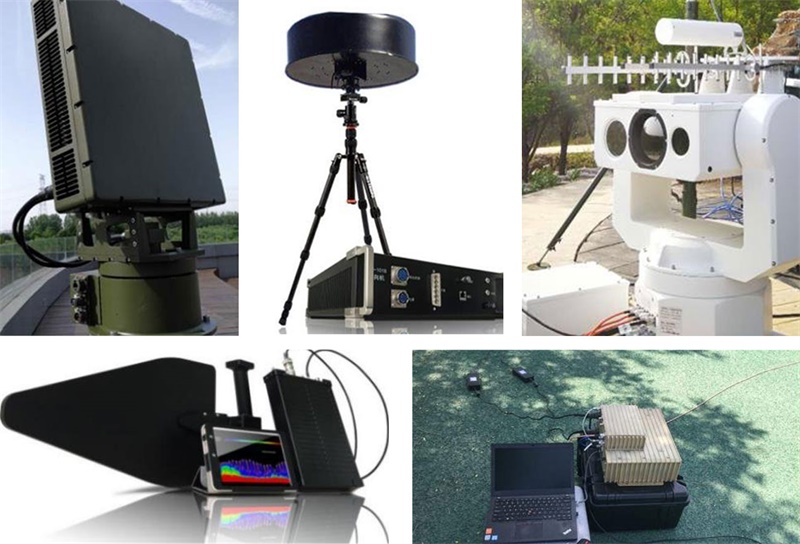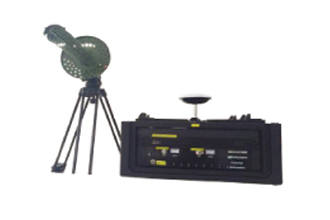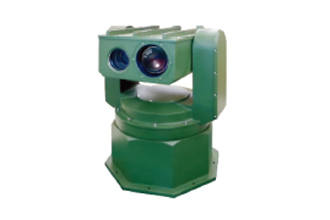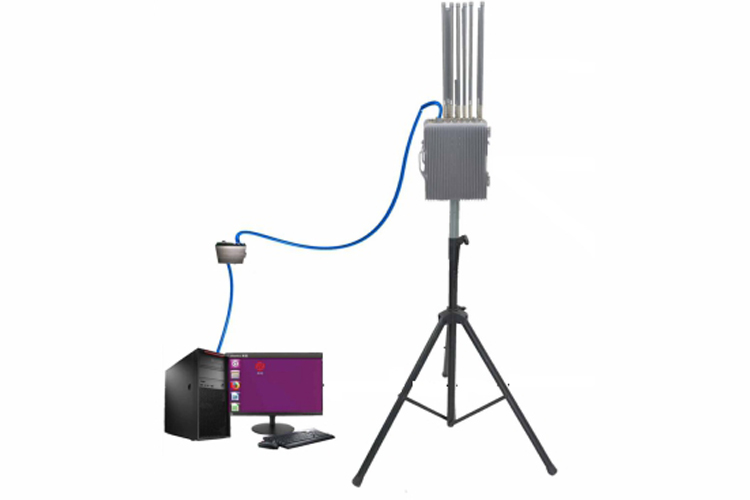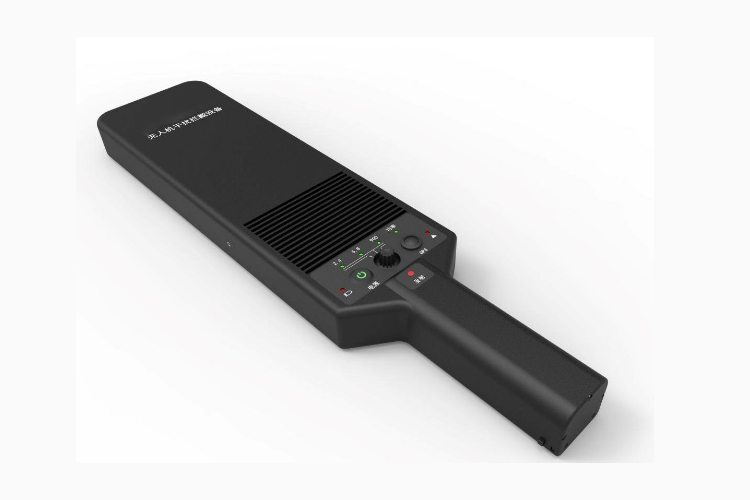This product is highly integrated and uses electronic jamming technology to implement precise countermeasures against drones within 500 meters. Multi-band electromagnetic emission, ready to use, cuts off the remote control, image transmission, and navigation links of the drone at a long distance,...
Navigation Tricking System launch fictitious satellite navigation signal, block the real navigation signal in the air, falsify the navigation system of drones, change the auto location of drones, induce the drone to make a false response and get away from
The system are using a combination of day light TV and thermal infrared image sensor, steady continuous monitoring and tracking targeted drones.
The drone RF detection and jamming integrated machine ZD01 is a product developed for small areas such as detention centers, stadiums, and villas. The product can realize rapid deployment in fixed areas, realize automatic detection, and automatically suppress the integrated 24-hour unattended ope...
SC02 is an upgraded version of SC01, which implements precise countermeasures against drones within 1000 meters. Multi-band electromagnetic emission, ready to use, cuts off the remote control, image transmission, and navigation links of the drone at a long distance, thereby forcing the drone to l...
LEAVE A Message
US Department of Defense highly concerned about the anti-drone (C-UAS) technology
Unmanned Aircraft System (UAS), commonly known as drones, can be used by countries, organizations, and individuals. These systems can provide US opponents with a low-cost means to perform intelligence, surveillance, and reconnaissance missions against the US military, or to attack the US military. In addition, many small drones cannot be detected by traditional air defense systems because of their size, structural materials, and flying height.
Therefore, in FY 2020, the Department of Defense (DOD) plans to invest at least US $ 373 million in counter-unmanned aerial vehicle (C-UAS) research and development and at least US $ 200 million in C-UAS procurement. As the Department of Defense continues to develop, purchase, and deploy these systems, Congress may oversee its use, and Congress may have to make decisions about future authorizations, appropriations, and other legislative actions.
Anti-UAV (C-UAS) technology
UAV countermeasures can use multiple methods to detect the presence of hostile or unauthorized UAS.
The first is to use a photoelectric tracking system to detect the target by its visual, thermal and acoustic characteristics.
The second method is to use a radar detection system. However, they are not always able to detect small UAS due to the size of features and dimensions.
The third method is to use radio equipment to identify and control UAS wireless signals. These methods are often combined to provide more effective layered detection capabilities.
Once detected, the drone may be disabled or destroyed.
Radio interference technology can interfere with the communication link of the UAV and its operators. Interfering devices can be as light as 5 to 10 pounds, are portable (see Figure 1), or weigh as much as several hundred pounds, and are fixed in specific locations or installed on vehicles.
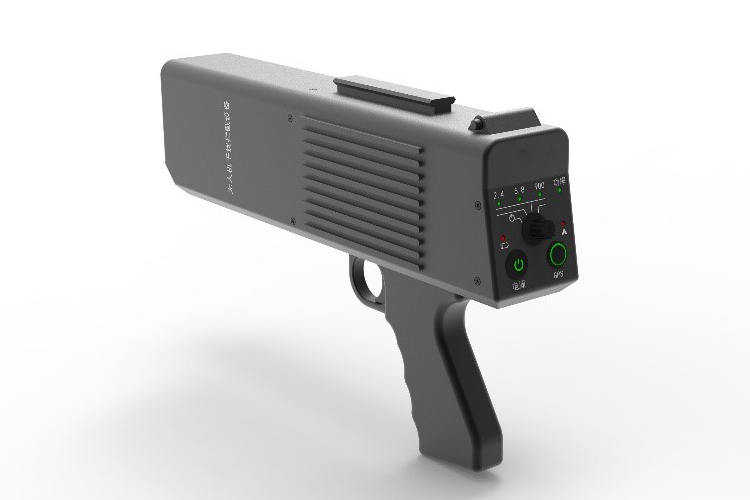
Drones can also be captured or destroyed by trained animals such as firearms, nets, laser weapons, artillery air defense systems, and even eagles.
